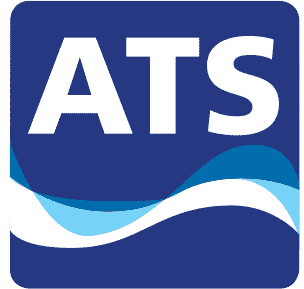
Nicole spilled some corrosive chemical on her arm and knows she has seconds to reach a safety shower. Her only concern is ensuring she can count on the safety shower to wash off as much chemical as possible. She hopes the temperature of the flushing fluid is tepid so she can remain in the shower for the 15-20 minutes, as required by ANSI. It’s cold and she worries about hypothermia.
Your workers shouldn’t need to guess whether they’ll encounter problems when using a safety shower, and you shouldn’t risk equipment failure or damage. Read on to discover how to keep your fluid reservoir from freezing if the shower heater fails in the cold.
As of 2014, ANSI Z358.1 requires all safety shower and eyewash equipment to protect workers against freezing when a risk of equipment becoming unusable from freezing exists. This means the potential for safety showers or eyewash equipment freezing is not an acceptable reason for noncompliance, even when the equipment is where it’s needed.
A safety shower heater requires electricity. If the equipment is lost due to power failure, the immersion heater stops heating. In cold climates, the flushing fluid starts to cool. If it continues cooling unchecked, the fluid could freeze, risking workers’ safety. It may also cause damage to the unit’s plumbing, in addition to the equipment.
What Can I Do if an Immersion Heater Fails?
There are a number of things you do to keep the flushing fluid from freezing—say that fast 5 times—including the installation of a temperature dump valve with a dump temperature set at 40° F. Once it reaches this temperature, the dump valve located at the bottom of the tank opens and drains the tank contents, eliminating the risk of equipment plumbing expanding and breaking with the freezing fluid. Additionally, you can install two immersion safety shower heaters so if one fails, the other can continue heating the water.
Self-contained safety showers often include a reservoir for flushing fluid. Many of those showers contain an immersion heater with the sole purpose of keeping the fluid in the tank above freezing, thus protecting the equipment’s in-tank plumbing.
In cold conditions—particularly in areas where high wind speeds are common—it is preferable, though not yet required, to offer cubicle protection for safety shower and/or eyewash users.
Contact ATS ShieldSafe™ For More Information on Safety Shower Heaters
For more information on safety shower heaters and our self-contained mobile safety showers/eyewash units, give us a call at 800.747.9953. We offer both protection and privacy on-the-job. We care that you’re in full compliance and offer the optimal safety to your workers. Contact our safety experts and we will discuss with you, your needs and address any question you may have. Contact us today!


